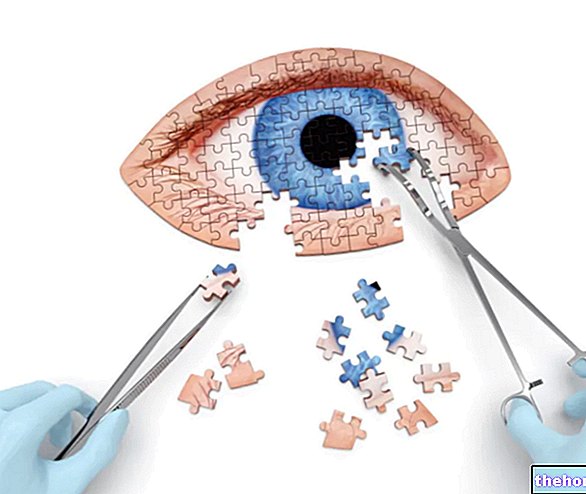Generality
Strabismus (or heterotropy) is a lack of convergence of the visual axes of the two eyes; for example, in the cross-eyed subject one eye can look straight and the other deviate inwards (convergent squint or esotropia), outwards (divergent squint or exotropia) or upwards or downwards (vertical squint, respectively hypertropia and hypotropy).

Causes
Under normal conditions, in order to align both eyes in a coordinated way and focus on a single target, the correct functioning of:
- Ocular muscles;
- Cranial nerves (nerve pathways that transmit information to muscles)
- Higher brain centers (part of the brain that controls eye movement).
The misalignment of one or both eyes with respect to the visual axes may be the result of a problem in one of these three levels of the visual system. For example, if the eye muscles are not coordinated due to an unequal traction in one side of the eye or a paralysis, a convergence defect can occur.
The exact cause of a squint is not always known. Some babies are born with a congenital squint, while other patients develop the condition later (acquired squint).




























